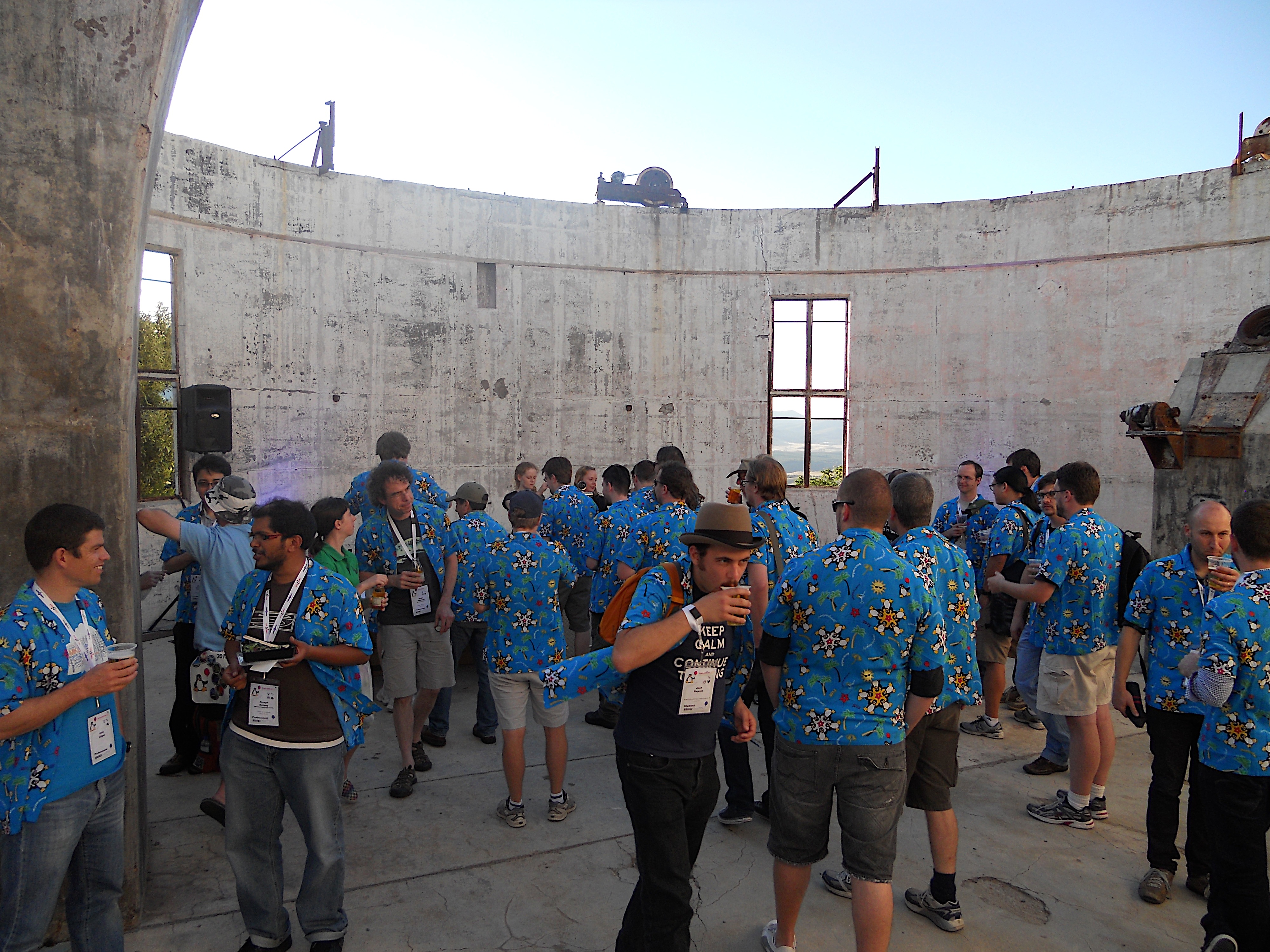Performance reviews have gained a reputation as a giant, six-headed monster in the closet. If

Clarissa hoped her employees would not be able to find her if she could blend into the cool DNA scuplture on her desk.
you start doing them, you may fear, you will wind up trapped for weeks under tentacles filled with venom. It will take forever. Nothing else will get done. It will be ugly and painful. It will be horrible.
It doesn’t have to be like that.
A lot of companies get to a place where they simply can’t avoid performance reviews any more. Maybe you haven’t given anybody a raise in a couple years and you’re ready to do so, but you want to tie it to a performance review. Maybe you really need to let someone go but you don’t have performance reviews to substantiate your decision. Or maybe you did performance reviews before but the format was frustrating to managers and employees.
Relax, there is no monster in the closet. We are turning on the light now. There are basically two parts to a performance review.
Part One: What Did They Do?
This leans heavily on the job description. Uh oh. Don’t have a job description? Then read this. See, job descriptions with detailed duties really are the building block…but I digress. If you do have a job description, you can move on to the part where you look at whether the person did his or her daily tasks, whether that’s stocking the break room with Red Bull, answering the phones or making sales quota. If you are introducing reviews for the first time, you don’t have to have a complicated grading system. You can just go with Does Not Meet Expectations, Meets Expectations or Exceeds Expectations. Its helpful to describe what each of these levels looks like. For example:
| Does Not Meet Expectations | Meets Expectations | Exceeds Expectations |
| Seen as a barrier to solutions | Solves business challenges | Generates innovative solutions to business challenges |
Part Two: How Did They Do It?
This is tougher. It’s about the soft skills which are harder to measure and a little more personal.
- Does the person have good time management?
- Did they work well with the team, helping the other people around them?
- Do they pick up new skills that are needed for the job?
You may have employees who get all Exceeds Expectations on having done the job, but they’re flunking in how they did it. They did their jobs but not in a way that made customers happy or in a manner that hindered other employees. Their managers are frustrated with them, other employees are frustrated, customers are frustrated. This is your opportunity to address that with your employee. Why? Because the how of the job is just as important at the what.
Maybe even more importantly, it gives you and your team a chance to identify what your values and expectations are. How important is Teamwork? Timeliness? Friendliness?
Finally, now you can establish the goals that they need to work on before the next evaluation. Uh oh, don’t have goals? Read this.
We work with companies on a project basis or on retainer, providing a custom level of HR help designed for your business. Contact me at Caroline@valentinehr.com or call (512) 420-8267.



